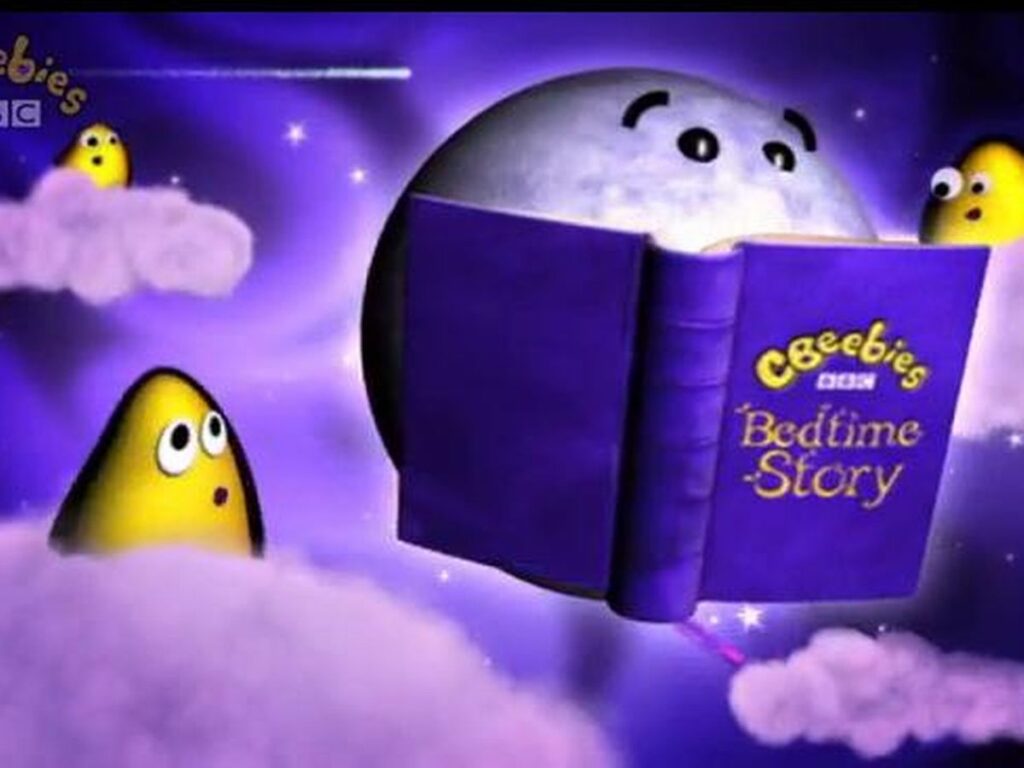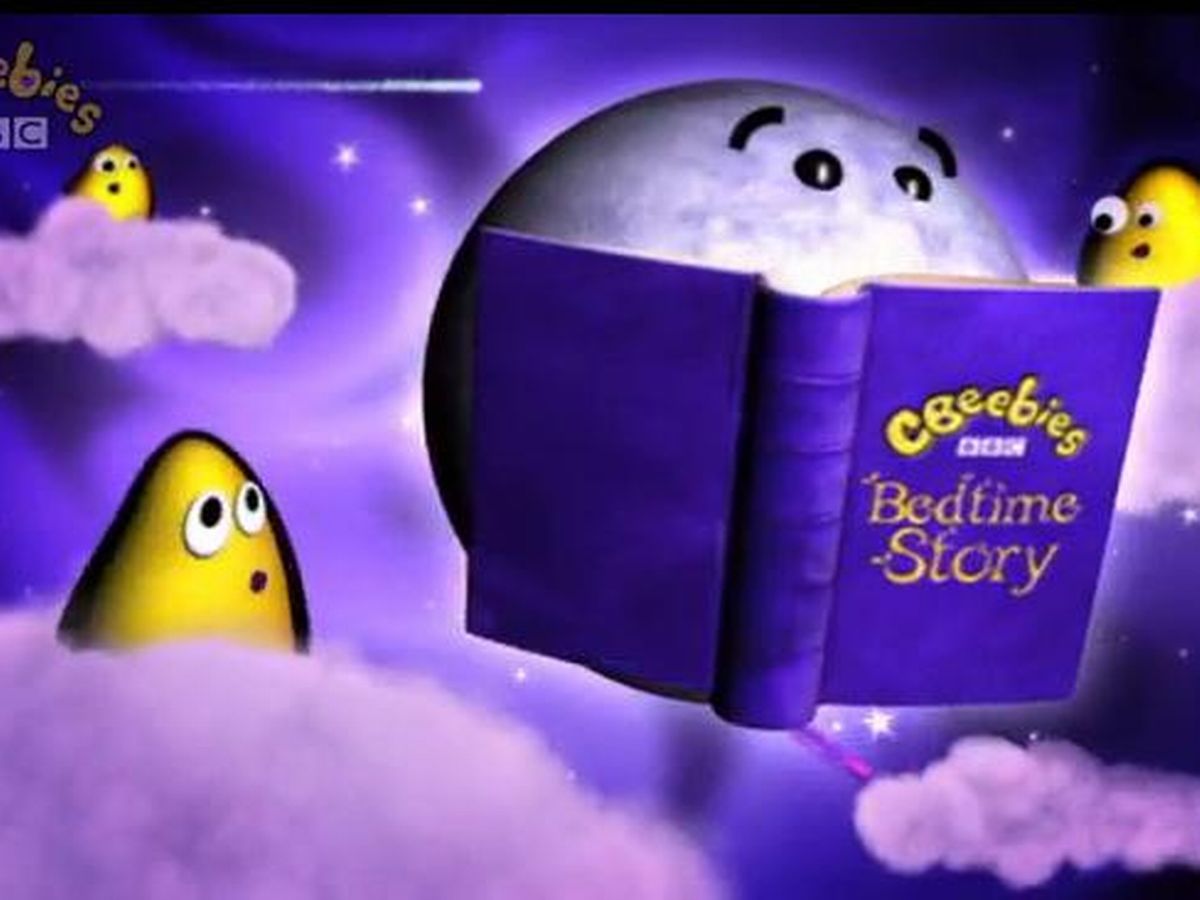
The Enduring Magic of Bedtime Stories Characters: A Deep Dive
Bedtime stories are a cherished tradition, a nightly ritual that transcends generations. At the heart of these stories lie memorable bedtime stories characters. These characters, whether fantastical creatures or relatable individuals, play a crucial role in shaping a child’s imagination, fostering empathy, and imparting valuable life lessons. This article explores the significance of bedtime stories characters, their impact on child development, and how to choose the right characters to create engaging and meaningful bedtime experiences.
The Importance of Bedtime Stories Characters
Bedtime stories characters are more than just figures in a narrative. They serve as role models, companions, and guides for young listeners. Through these characters, children learn about different perspectives, navigate complex emotions, and develop a sense of morality. The characters in bedtime stories often embody traits that parents wish to instill in their children, such as kindness, courage, and resilience.
- Emotional Development: Bedtime stories characters can help children understand and process their own emotions. Seeing a character overcome fear, sadness, or anger can provide children with coping mechanisms and a sense of hope.
- Moral Development: Many bedtime stories feature characters who face ethical dilemmas. By observing how these characters make decisions and the consequences of their actions, children begin to develop their own moral compass.
- Imagination and Creativity: Bedtime stories characters often inhabit fantastical worlds and possess extraordinary abilities. This sparks children’s imaginations and encourages them to think creatively.
- Language Development: Exposure to a wide range of bedtime stories characters and their stories enhances children’s vocabulary and language skills.
Types of Bedtime Stories Characters
The world of bedtime stories characters is vast and diverse. From talking animals to brave knights, there’s a character to suit every child’s interests and preferences. Here are some common types of bedtime stories characters:
Animals
Animals are a popular choice for bedtime stories characters, especially for younger children. They are often anthropomorphized, meaning they are given human-like qualities such as the ability to talk and reason. Examples include the Very Hungry Caterpillar, the Gruffalo, and Peter Rabbit. These bedtime stories characters teach children about the natural world and the importance of respecting all living creatures. [See also: The Best Animal Characters in Children’s Literature]
Humans
Human bedtime stories characters can be relatable figures that children can easily identify with. These characters often face everyday challenges and learn valuable life lessons. Examples include Madeline, Corduroy, and Alexander (from Alexander and the Terrible, Horrible, No Good, Very Bad Day). Human bedtime stories characters help children understand their own emotions and experiences.
Mythical Creatures
Mythical creatures, such as dragons, fairies, and unicorns, add a touch of magic and wonder to bedtime stories. These bedtime stories characters often possess special powers and inhabit fantastical realms. Examples include Toothless (from How to Train Your Dragon), Tinkerbell, and the unicorns from various fairy tales. Mythical bedtime stories characters spark children’s imaginations and encourage them to believe in the impossible.
Superheroes
Superheroes are a popular choice for older children. These bedtime stories characters possess extraordinary abilities and use them to fight for justice and protect the innocent. Examples include Superman, Wonder Woman, and Spider-Man. Superhero bedtime stories characters teach children about courage, responsibility, and the importance of standing up for what is right.
Choosing the Right Bedtime Stories Characters
Selecting the right bedtime stories characters is essential for creating engaging and meaningful bedtime experiences. Consider the following factors when choosing characters:
- Age Appropriateness: Choose characters and stories that are appropriate for your child’s age and developmental level. Younger children may prefer simple stories with animal characters, while older children may enjoy more complex narratives with human or mythical characters.
- Interests: Select characters that align with your child’s interests. If your child loves dinosaurs, choose stories featuring dinosaur characters. If your child is fascinated by space, choose stories with space-themed characters.
- Values: Choose characters that embody the values you wish to instill in your child, such as kindness, courage, and honesty.
- Diversity: Expose your child to a diverse range of bedtime stories characters from different cultures and backgrounds. This will help them develop empathy and understanding for others.
Tips for Creating Engaging Bedtime Stories with Memorable Characters
Once you’ve chosen your bedtime stories characters, here are some tips for creating engaging and memorable bedtime stories:
- Use Different Voices: Bring the characters to life by using different voices for each one. This will make the story more engaging and entertaining for your child.
- Add Sound Effects: Incorporate sound effects to enhance the storytelling experience. For example, you can make roaring sounds for a dragon or meowing sounds for a cat.
- Encourage Participation: Ask your child questions about the characters and the story. This will encourage them to actively participate in the storytelling process.
- Be Creative: Don’t be afraid to deviate from the original story and add your own twists and turns. This will make the story more personal and unique.
- Make it a Routine: Establish a consistent bedtime routine that includes reading aloud with bedtime stories characters. This will help your child relax and wind down before bed.
The Lasting Impact of Bedtime Stories Characters
The impact of bedtime stories characters extends far beyond the bedtime hour. These characters can stay with children for years to come, shaping their values, beliefs, and aspirations. Bedtime stories characters can also provide children with a sense of comfort and security, especially during times of stress or uncertainty. The memories created during bedtime story sessions can become cherished family traditions that are passed down from generation to generation.
The power of bedtime stories characters lies in their ability to connect with children on an emotional level. They teach valuable life lessons, spark imaginations, and foster a love of reading. By carefully selecting characters and creating engaging storytelling experiences, parents can help their children develop into well-rounded, compassionate, and imaginative individuals. So, the next time you reach for a bedtime story, remember the lasting impact that those bedtime stories characters can have on your child’s life. [See also: The Psychological Benefits of Reading to Children]
In conclusion, choosing the right bedtime stories characters is an important part of a child’s development. These characters help children learn about the world around them, develop their imaginations, and learn valuable life lessons. By taking the time to choose the right characters, parents can help their children grow into well-rounded individuals. The influence of bedtime stories characters can be profound and lasting, shaping their values and beliefs for years to come. Make sure to include diverse and relatable bedtime stories characters to broaden their understanding and empathy. Remember, the best bedtime stories characters are those that resonate with your child and create a positive and memorable experience.

